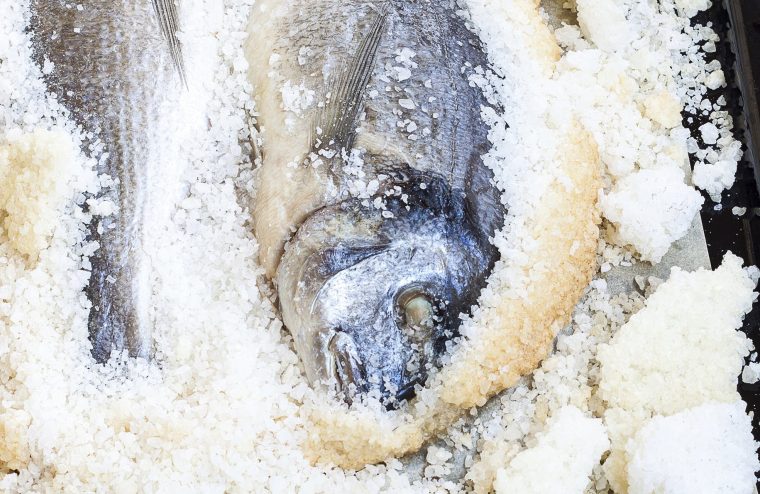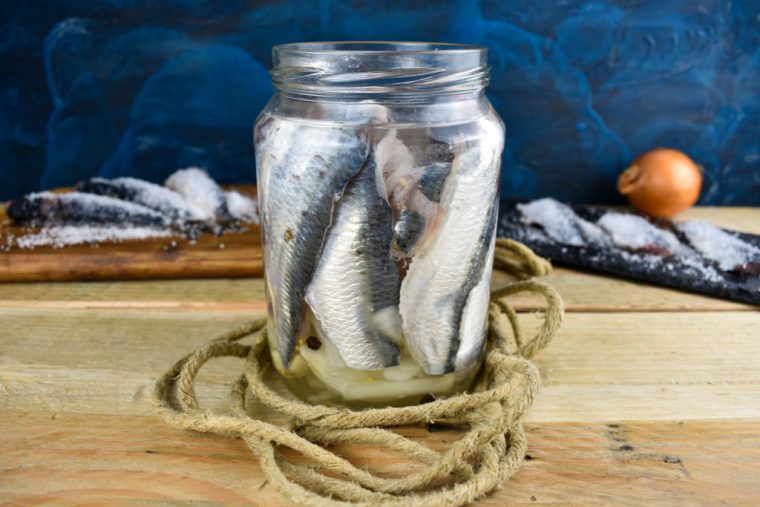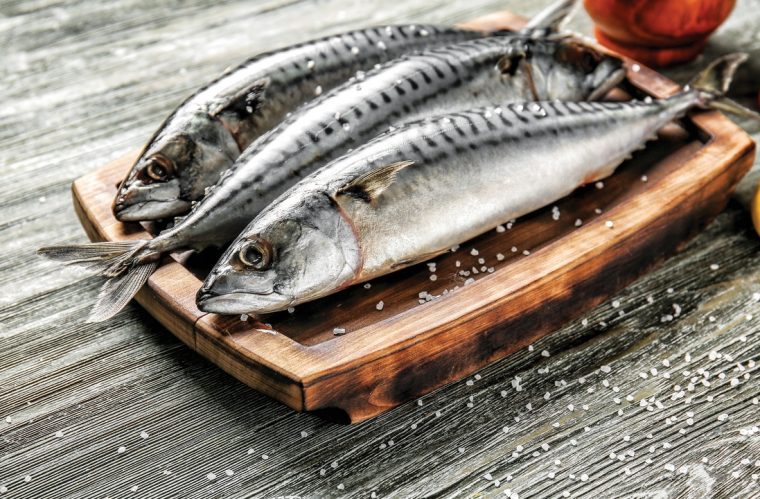For every nonvegan person, seafood is a top ladder of their food delicacies. Wouldn’t you agree more? Seafood is an exquisite way to celebrate a special occasion with a family dinner. Not only are the dishes finger licking but high in nutritional content. Unlike red meat, this is a perfect superfood for your heart health. There are a number of reasons why people pick the seafood extravaganza.
Some of them call it a high Mediterranean lifestyle including a package of sustainable health management. But have you ever considered how seafood is accessible to hungry folks, if not then let us tell you the secret – Seafood Processing. For additional information about Seafood Processing, you can check out Carsoe. If you want to understand the literal meaning of this term then it is quite evident from the breaking of these two words. Otherwise, it is just a method to preserve marine creatures with improved quality wherein throughout this process the overall properties get altered. In this article, we will discuss the different types of fish processing.
However, there is an upsurge of technological advancement in processing these days. But the main element which is the fish has to be fresh for undergoing these heavy processes. Now below we have discussed the multiple kinds of fish processing:

1. Salting: This is the most important thing for procuring the fish from any bacterial formation. This helps in reducing the moisture or any water content from the fish or any marine animal. With the spread of salt over the fish, you will find out that the texture becomes firmer. The presence of sodium chloride aids in killing the bacteria by dehydrating the fish. Even at this level, you will find out three basic kinds of methods such as pickle, brine, and dry salting. There is a use of normal salt, granular salt, and salty solution. It is done by placing the fish into a crushed ice box and then removing of head and fins. After that, the middle section is cut open and washed properly when it is rubbed with salts. Lastly, it is refrigerated inside a container box.
2. Smoking: The word smoking doesn’t mean that people light up their cigarettes on the fish. Instead, it is a way where three methods are combined together such as salting, precooking, and drying. The process of smoking is basically done to add flavor and color to the fish after getting dehydrated completely. The process is completed by soaking the fish under a brine solution for more than 15 minutes. The main element is the drainage and smoking, and the package is done through the bamboo baskets.
3. Drying: It is quite known as the basic dehydration method. Similar to the salting technique this is a way where water content is removed from the fish so that no type of microorganisms could grow on the fish. The most popular way of drying up is the primitive solar method i.e. keeping it under the sun’s rays. Firstly the fishes undergo the salting method which adds up to the extravagant taste later. Similar to the above method the fish is kept in a brine solution for removing all the blood. Then after cleaning them they are dried, coated with salt, and then kept under the sun. In the end, these fishes go for the packaging in some clean and dry space.

4. Curing: It is a proper chemical add-on method where preservatives are poured on the fish. These preservatives contain vinegar and salt which additionally helps in further dehydration. Later with the help of smoking and external factors, the fish is dried up fully. Normally it is said that cured fishes are better in taste and texture if we judge them the fresh ones.
5. Dehydration: As the name already suggests this is the artificial way of drying up the fish. This is not performed by natural sources like sun drying but it is kept under mechanical devices that can generate heat through electricity such as oven and microwave.
6. Pickling: This is an effective method where the food is preserved in some vinegar or a brine solution. However, there is an optional criterion to perform it with or without the bacteria fermentation.

7. Cooking: As you understand that cooking increases the shelf life of any food or nonvegan meal. It is quite evident that cooked food helps in saving the food from damage or wastage. For example, when the fish is cooked in vinegar solution then the food is prolonged for a higher period.
8. Canning: You must have seen the packed seafood in tin jars and bottled containers. Yes, you have guessed it right we are talking about the packaging part. Here the fishes are transferred into airtight jars, tins, cans, bottles, and containers which stop the entry of air or dust particles. These fish undergoes the heating process whereby the unseen microbes get eliminated easily so that the preservation period can be stored for a prolonged time. For example, you must have seen popular fish like salmon and tuna which are found in tin cans. The process begins with the removal of the scales and visceral organs. Then the fishes are cleaned up and soaked under a brine solution where later they are half fried. Lastly, these are stored inside cans whereby they are immediately cooled down.
9. Fermentation: Fermentation is a process where the persevered fish dipped under the brine solution goes through a form of a chemical reaction. For example, Lumlom is a popular fermented fish that is loved in the Philippines. The major steps which are required in the fermentation process begin with cleaning the fresh alamang (bagoong). Where all the materials like sticks or shells etc. are extracted out. It is also washed under a brine solution however the intensity has to be very minimal. After the draining of this water cover it with some netted cloth to save it from bacteria or insects. Lastly, mix it with one-third part of the salt and store it in a warm location.

Therefore we hope that now you must have understood the complete process of fish processing. It is a full method of various steps that have to be followed sincerely to deliver delicious results.
